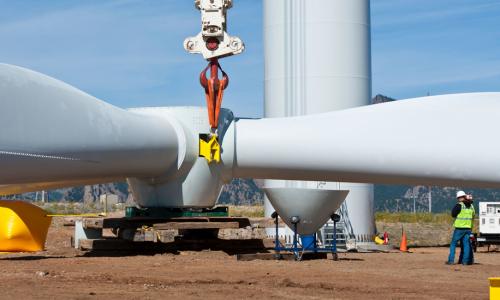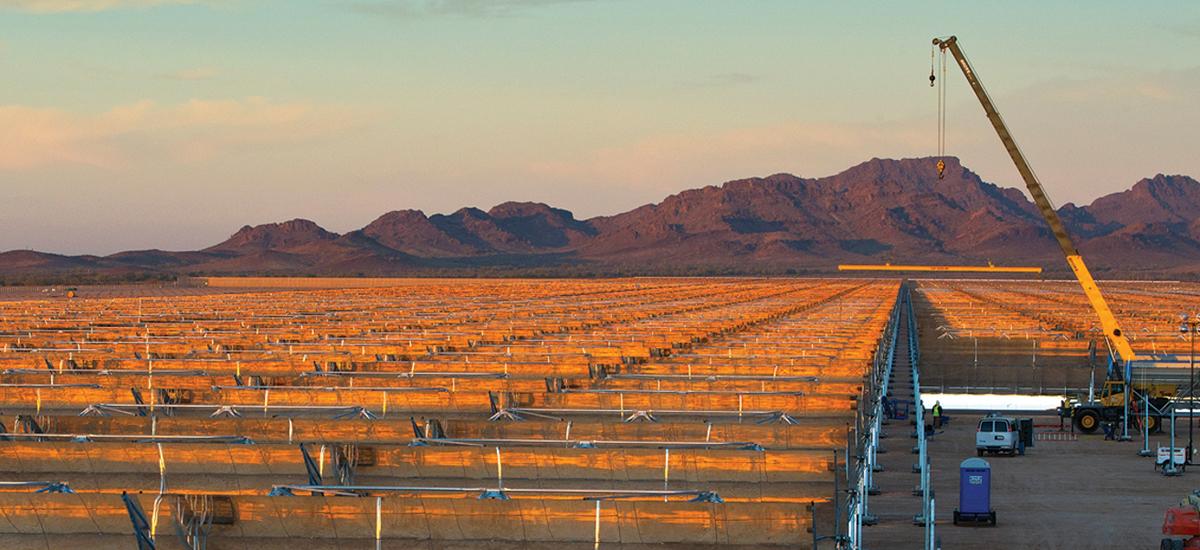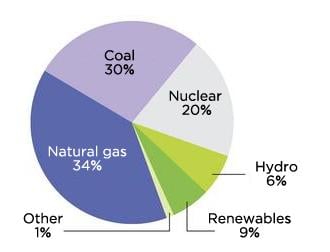With the world’s population increasing at an alarming rate and with the constant rise in demand for energy production, there is a growing need for a sustainable source of energy. This is where green energy comes in. Green energy refers to renewable energy sources such as wind, solar, and hydropower, which are cleaner and more environmentally friendly. In this post, we’ll be discussing the importance of green energy and how you can join the movement toward a better tomorrow.
WHAT IS GREEN ENERGY?
As mentioned earlier, green energy pertains to renewable energy sources that are abundant, eco-friendly, and emit less carbon dioxide than traditional fossil fuels such as coal and oil. These sources include wind, solar, geothermal, hydropower, and biomass. The use of green energy is essential in mitigating the worst effects of climate change.
WHY IS THERE A NEED FOR GREEN ENERGY?
The extraction and burning of fossil fuels produces high levels of carbon dioxide which causes global warming, climate change, and other environmental problems. Green energy, on the other hand, produces little to no emissions and helps reduce our carbon footprint. Shifting to green energy sources can also reduce our dependence on non-renewable energy sources, create more jobs, and save us money on our monthly bills.
OPPORTUNITY FOR JOB CREATION
The demand for renewable energy is growing rapidly, and the transition towards a green economy provides an opportunity for job creation. According to a report by the International Renewable Energy Agency (IRENA), over 11 million people are employed in the renewable energy sector worldwide, and this number is expected to triple by 2030. As we continue to invest in green energy, this sector will continue to create more job opportunities across various skill levels.
IMPROVED ENERGY SECURITY
The global demand for energy continues to rise, and this presents a challenge to countries that rely heavily on imported fossil fuels. Investing in green energy sources can lead to increased energy security, as countries can generate their own energy locally. This reduces their dependence on imports, which can be costly and sometimes lead to geopolitical tensions.
ENCOURAGE COMMUNITY DEVELOPMENT
Adopting clean energy sources can also lead to community development. Many renewable energy projects involve collaborations between local communities and developers to build wind and solar farms, which provide an additional source of revenue for the community. This collaboration leads to the creation of jobs and infrastructure development, furthering the growth of the local economy.
IMPROVED AIR AND WATER QUALITY
Fossil fuel combustion not only contributes to climate change but also adversely impacts air and water quality. Burning coal and oil are significant emitters of pollutants that are harmful to human health and the environment. Switching to green energy sources means cleaner air and water, which in turn leads to a healthier and more sustainable future.
HOW CAN YOU GET STARTED WITH SOLAR ENERGY AT BETTER TOMORROW SOLAR?
Green energy is not only crucial in mitigating the worst effects of climate change, but it also helps reduce our dependence on non-renewable energy sources, creates more jobs, and lowers our monthly bills. Therefore, it’s crucial that we all do our part in promoting green energy sources such as wind, solar, hydropower, geothermal, and biomass.





